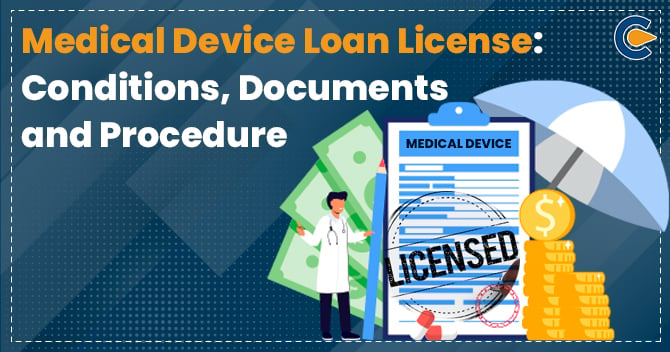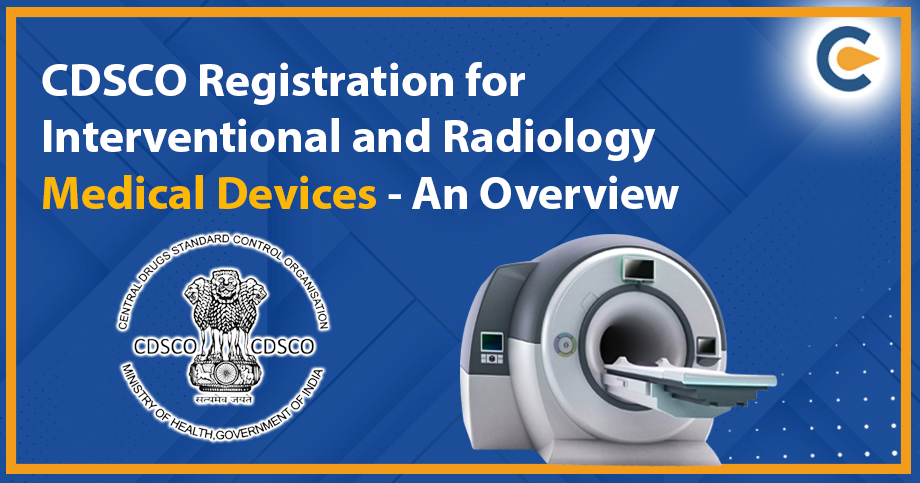Medical device companies have embraced digitization today, but manufacturers still face many challenges, including implementing a QMS and complying with regulatory requirements.
Vital sign monitors are effective for assessing a patient’s health since they deliver precise data quickly. The information it provides offers insightful information about a patient’s actual condition. If a patient is not improving as expected or appears to have a more serious health condition than what is apparent, it will inform a clinician. The patient’s body temperature, heart rate, blood pressure, and respiration rate are all recorded by the vital signs monitor.
In clinical settings like a doctor’s office, a small clinic, or the pre-op room of a surgery facility, the vital signs equipment is employed. They are also suitable for use at home. In comparison to a multi-parameter patient monitor, vital signs monitor is a less expensive option for a small clinic or doctor’s office. In a high-volume, quick-paced environment, the vital signs device monitor provides quick and precise readings to boost productivity. Users of various ages and technical skill levels are able to actively participate in managing the patient’s healthcare thanks to its user-friendly design, size, cost, and portability.
What Are Vital Signs Devices?
The term “vital signs device,” often known as “vitals,” refers to measures of a person’s internal organs. These are gathered and documented throughout time, providing healthcare professionals with knowledge on the health of critical organs including the heart and lungs.
Vital sign monitoring equipment can notify healthcare professionals of potential medical issues, and these readings are tracked throughout the patient journey – from pediatrics to acute care to home health.
The four primary vital signs that are regularly measured by medical practitioners are blood pressure, respiration rate[1], body temperature, and heart rate (also known as pulse). A few simple pieces of equipment or one of the many vital sign monitors on the market can be used to take vital signs.
Today’s vital signs devices monitors frequently contain colorful, bright displays to provide measurement readings. Most are battery-backed AC/DC powered. A standard built-in printer is included with vital sign monitors such as those in the bio light series. Certain vital sign monitors can transport data from the device to the patient’s record by allowing an interface with electronic patient record systems. The vital signs devices can be wall mounted, utilized on a rolling stand, or mounted on a desk.
The crucial vital signs to keep an eye on in patients are:
- Blood pressure,
- Body temperature,
- Respiration rate, and
- Heart rate (or pulse).
There are various methods of health monitoring. The most efficient method is to take vital signs. Pulse rate, temperature, respiration rate, and other vital signs are important indicators of one’s health. With the proper vital signs monitoring tools, you can keep an eye on every facet of this crucial area of health and watch for any changes necessitating additional assessment or urgent action.
Importance of Vital Signs Devices
Vital signs are an accurate gauge of a living thing’s fundamental physiological processes. They are called “vital” because measuring and assessing them is an important initial step in any clinical evaluation. An assessment of the patient’s vital signs constitutes the initial set of clinical examinations. Vital signs devices are used to determine the priority of patients in urgent/prompt care or emergency departments because they show the doctor how far a patient has deviated from the norm. Healthcare professionals need to be aware of the many physiological and pathologic processes that affect these collections of measurements and how to interpret them correctly. If we choose patients for triage without checking their vital signs, it might not be clear how urgent the patient’s presentation is. The severity of vital sign anomalies may also be a good indicator of a patient’s long-term health, frequency of emergency department visits, readmission to the hospital, and use of medical resources.
Issues of Concern
Whether the patient is in the emergency room or on a hospital floor, early detection of any clinical deterioration is crucial for ensuring patient safety, which is a core priority in any healthcare institution. Early recognition of changes in vital signs is often associated with quicker recognition of changes in the patient’s cardiopulmonary status and, if necessary, an upgrade in the level of care.1 there is evidence that, outside of intensive care units, respiratory rate measurement by observation, and leading to insufficient, subjective, and incorrect results. Vital signs evaluation currently uses electronic equipment.
It makes sense that clinical deterioration would be noticed more quickly the more frequently vital signs were measured. Depending on the severity of the clinical condition, any active interventions made, the quantity of staff available, financial concerns, organizational procedures, and leadership styles, there are differences between institutes within and across countries. The scheduling of the subsequent observation sets is decided using the weighted average score derived from the vital sign measures (also known as an early warning score).
Measuring Vital Signs
Vital signs are utilized to track everything from acute to chronic illness and all in between as a communicator of patient condition. When the person is at rest and hasn’t eaten, drunk, smoked, or exercised in the last 30 minutes, vital signs should be taken.
In summary, the average healthy adult’s normal vital sign ranges are:
- Blood pressure ranges from 90/60 mm Hg to 120/80 mm Hg.
- Pulse ranges from 60 to 100 beats per minute.
- Breathing ranges from 12 to 18 breaths per minute.
- Temperature: average 98.6°F (37°C), range 97.8°F to 99.1°F (36.5°C to 37.3°C)
The techniques and equipment used to measure vital signs don’t differ significantly among infants, kids, and the elderly. Depending on the child’s age, a child’s blood pressure, breathing rate, and pulse should all be within normal limits. The only vital indication that is age-independent is body temperature. Although occasionally vitals may be a little trickier to measure precisely in older persons, vitals sign values do not alter with age (values should fall within the range deemed typical for adults). You need a qualified medical device regulatory consultant who can advise you on the proper requirements if you want to manufacture medical devices in line with the law.
Conclusion
Age-related variations in vital signs are typically caused by altered physiological mechanisms. As we get older, our core body temperature tends to drop, and our body’s capacity to adapt to various stresses decreases. Fever in an older patient frequently implies a more serious infection and is associated with a greater risk of life-threatening outcomes, thus even a small deviation from the core body temperature might be a relevant result. The severity of vital sign anomalies may also be a good indicator of a patient’s long-term health, frequency of emergency department visits, readmission to the hospital, and use of medical resources. It takes time and experience to develop the clinical competence of accurately assessing vital signs. When there is a significant or unexpected change in the vital signs, clinicians should be cautious of this and constantly recheck the vital signs themselves. Clinics and organizations should work hard to check and train their nursing and support staff on a regular basis to improve these skills.
Also Read:
All You Need To Know About Wearable Medical Devices













